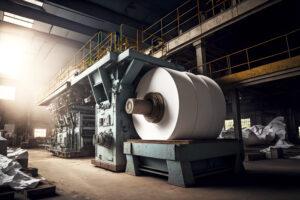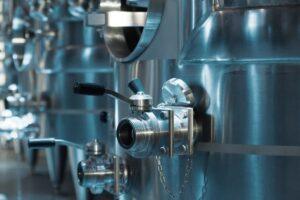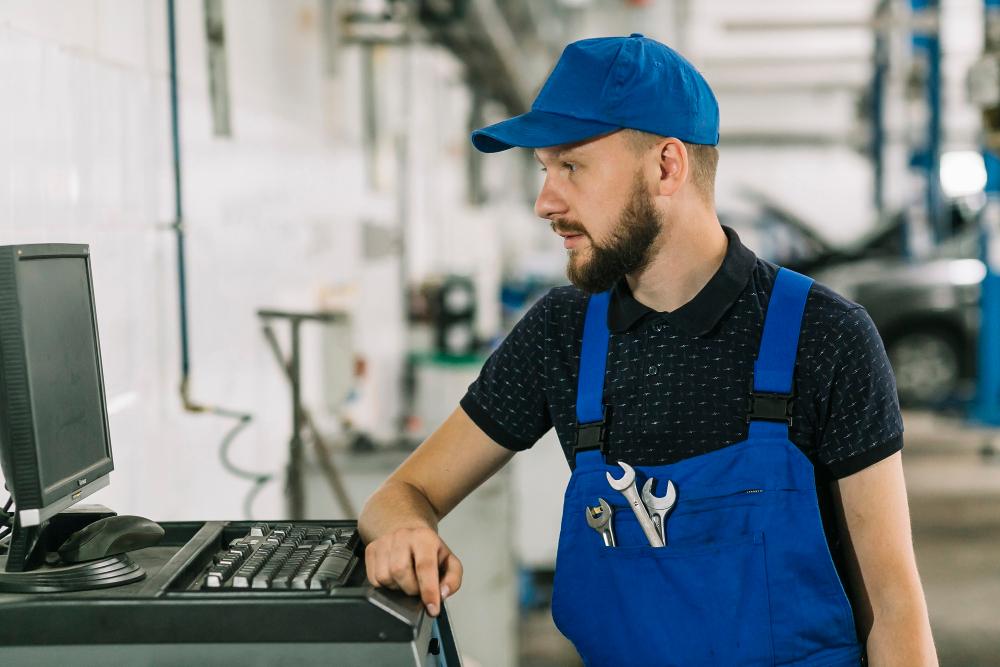
Real heavy lifting by a mechanical seal to hold the fluids within pumps, mixers, or compressors. This is a simple yet phenomenal part that helps ensure that leakage doesn’t occur easily. These also reduce equipment wear and improve reliability. Understanding how mechanical seals work puts one in touch with one of the most critical parameters for fluid handling systems, whether you are engaged in industrial maintenance or simply curious to know how machines stay sealed under pressure. This article discusses mechanical seals, their characteristics, the working process through which such seals are operational, and most especially, their necessity across many applications.
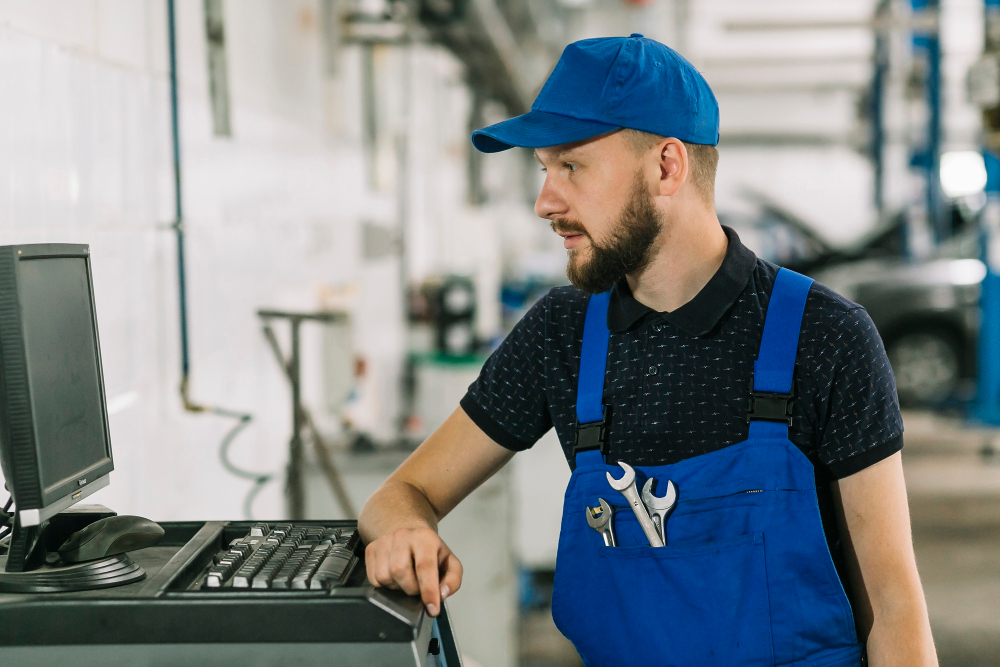
What Is a Mechanical Seal?
A mechanical seal connects a rotating pump shaft and a stationary pump housing. It stops the pumped fluid from leaking out of the equipment. Thus, it is very essential regarding safety and operational efficiency. Mechanical seals are very different from traditional packing seals, as they work on highly polished surfaces — generally, one of them is rotating while the other one stays stationary, thus creating an almost leakage-free interface.
The common traits of mechanical seals account for their use in industrial pumps. Mechanical seals can seal better than most other traditional sealers, require less maintenance, are capable of withstanding higher temperatures and pressures, and can be applied to a much wider variety of applications — from clean water systems to chemically aggressive or abrasive fluids.
Their designs are intended to minimize friction and heat buildup that usually accompany the friction and resulting in less wear for the seal and shaft. In the rental time, this involves much lower costs in operating costs. As the pollution rules become stricter, mechanical seals will also become necessary for reducing emission loss and fluid loss in the industry.
How Do Mechanical Seals Work?
In mechanical seals, a fluid film is wisely maintained between two carefully mated surfaces, generally made of ductile materials like ceramic, carbon, or tungsten carbide. This thin film provides both lubrication and a barrier to leakage. The balance is delicate: too much fluid film will allow pump seal leakage, while too little will cause friction and heat and ultimately result in seal failure.
Here’s how the sealing process works:
Stationary and Rotating Faces
The faces making this mechanical seal are stationary and rotating. One is fixed in the pump housing, while the other rotates with the shaft. The task of both faces is to create a precision interface for controlled fluid film generation. This film forms part of the entire process to minimize friction and ensure wear while preventing the fluid from escaping out of the pump.
Secondary Seals
The seals are O-rings, gaskets, and bellows; they are backup sealing elements. The spaces are between the major surfaces of the pump sealing and surrounding components so that there is no leakage. Secondary seals also absorb the vibrations and thermal expansion effects, which otherwise would have presented a problem for sealing performance. They keep the whole system tight under high fluctuating dynamic conditions, being flexible.
Spring Mechanism
Pressure is sustained in the right amount by the spring assembly holding the sealing faces together. The same pressure compensates for any movement of the shaft or misalignment, as well as wear associated with normal operation of the pump. Such a system, employing a single coil, wave spring, or multiple springs, assures that the faces are always engaged with one another. Perhaps more than any other spring mechanism, this one comes close to maintaining seal integrity through a spectrum of pressure and flow rates.
This setup ensures minimal leakage and extends the life of both the seal and the pump.
Benefits of Mechanical Seals
Using mechanical seals offers several advantages that directly impact pump reliability and efficiency:
Reduced Leakage
A mechanical seal properly installed would reduce leakage to such an extent that the risk of product loss and environmental damage could be avoided. This is even more important in systems where hazardous, corrosive, or expensive fluids are being handled. By keeping the environment clean on the seal side, the system also minimizes health and safety risks for the operators. There is a much-reduced likelihood of implementing sudden shutdowns from pump seal leakage.
Lower Maintenance
Fewer moving parts and less friction mean less need for replacement and adjustment of mechanical seals. Mechanical seals are practically maintenance-free as compared to packing seals, which require tightening and lubrication. Thus, labor costs are saved, and the systems & pumps are down less for maintenance. This leads to steady operation and greater reliability of the pumps over the years.
Improved Energy Efficiency
With mechanical pump sealing, pressure and flow through the pump are maintained, keeping energy requirements to a minimum. Lower leakage means less energy is being wasted in compensating for pressure drops or loss of fluid. This energy efficiency greatly contributes to the savings when applied over a long time in high-volume systems. Reduced drag from a proper fluid film also reduces stress on the motor.
Enhanced System Longevity
Mechanical seals extend the system’s overall life by reducing wear and tear on the pump shaft and internal components. The controlled sealing environment protects from abrasive particles and overheating. With time, this lowers the need for major repairs or total pump replacements. It is a long-term investment in system performance and reliability.
Explore mechanical seals solutions designed to match your specific operational needs.

Common Causes of Seal Failure
Even with the best equipment, seal failure can still occur. The most frequent causes include:
Inadequate Lubrication or Fluid Film Breakdown
The thin layer of fluid film on seal faces is vital for the reduction of friction and heat generation. Dry running or interruption of fluid supply means that the faces get overheated and warped, resulting in rapid seal failure. This is a typical situation in applications where the flow is inconsistent, or priming techniques have been bypassed. Thus, maintaining a sufficient fluid film is important for extending the life of a pump.
Bad Installation
Mechanical seals need to be installed with exacting alignment and torque. If O-rings are installed wrongly or too tightly, it could cause leakage or accelerated wear. Poor installation is one of the leading causes of avoidable pump seal leaks. Therefore, a thorough adherence to the stipulated procedures of the manufacturer will help avoid such an occurrence, or hiring professionals for the installation.
Chemical Incompatibility with Seal Materials
Not all seal materials can be used with all fluids. The presence of certain incompatible chemicals can trigger swelling, cracking, and degradation of seal components, leading to failure of the seal. For instance, high levels of solvents and acids can lead to rapid failures of a standard rubber O-ring. This is why choosing the material that is compatible with the environment of operation helps avert premature sealing failure.
Excessive Vibration or Misalignment
Underbalanced or misaligned pumps generate vibrations that score the face unevenly. This constant movement eventually loosens fitments and creates leak paths. Vibrators can also adversely impact secondary sealants such as gaskets and O-rings. Constant maintenance should include regular alignment checks and vibration monitoring.
Routine maintenance and professional pump services are key to preventing these issues and maintaining seal integrity.
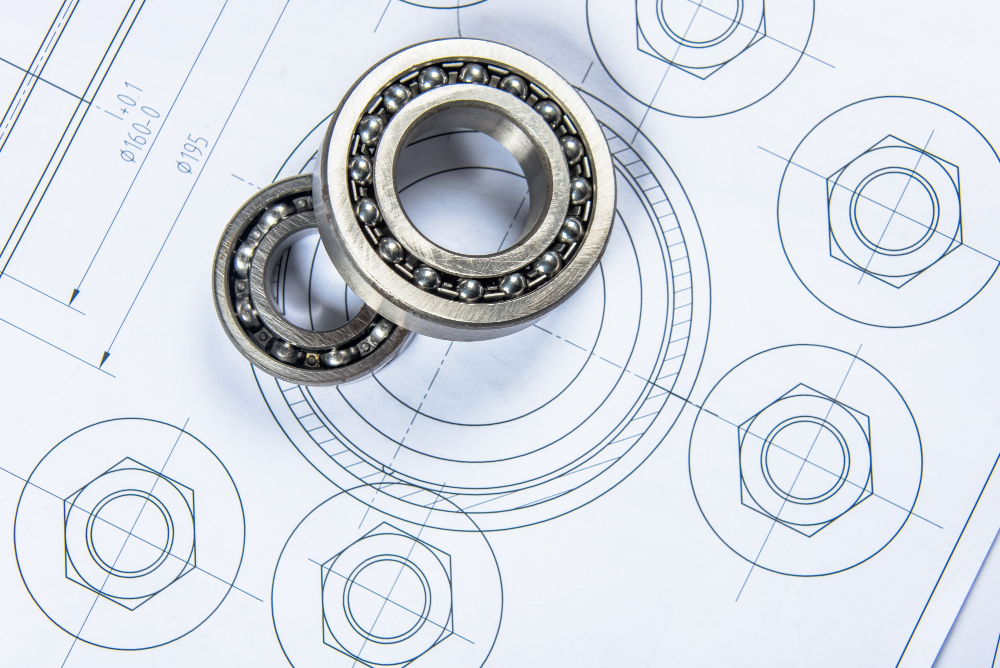
Mechanical Seals in Peristaltic and Industrial Pumps
Peristaltic pumps are not much reliant on mechanical seals due to their hose-based design; many other pump types do utilize advanced sealing solutions. For larger industrial pumps, especially those whose fluids are aggressive or otherwise unusually high in temperature, the correct seal selection becomes vital in avoiding lost seals and safe operations of the pump itself.
Costly downtime, contamination, or worse, equipment damage can result from using the wrong seal. Mechanical seals must be closely matched with the chemical properties, temperature, and pressure of pumped media. Investing in the proper sealing technology is essential for maximizing pump reliability and minimizing risk in various industries, such as chemical processing, oil and gas, and pharmaceuticals.
Visit our selection of pumps and peristaltic pumps to find models that suit your application, all supported by professional sealing solutions.
Conclusion
It is extremely important for anyone responsible for pump systems to comprehend the working principle of mechanical seals and how they are maintained. Such seals can create a delicate yet dependable fluid film to minimize leakage, troubleshoot performance issues, and enhance the life span of equipment.
To avoid premature failures, regular checks, correct installation, and the right seal material selection suitable for the application are vital. Proper maintenance strategy, these seals can enhance the reliability of pumps and greatly lessen unplanned downtime for industrial operations.
Whether you are installing a new system or upgrading existing components, choosing the right seal and relying on expert pump services can make all the difference in achieving long-term pump reliability.
Learn more about the role of mechanical seals in modern pumping systems on our industrial pumps blog.






